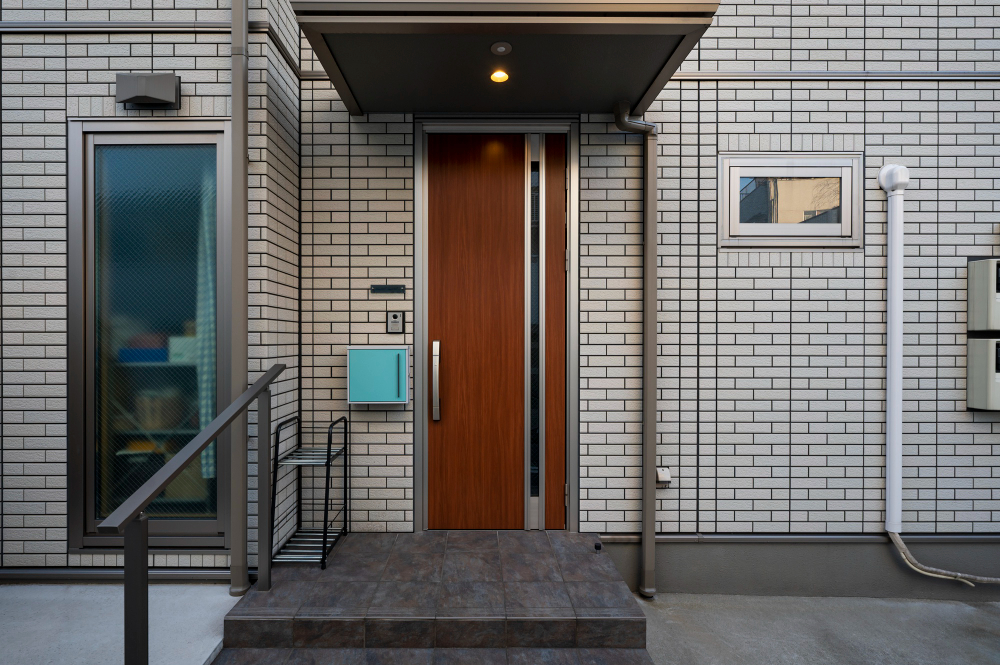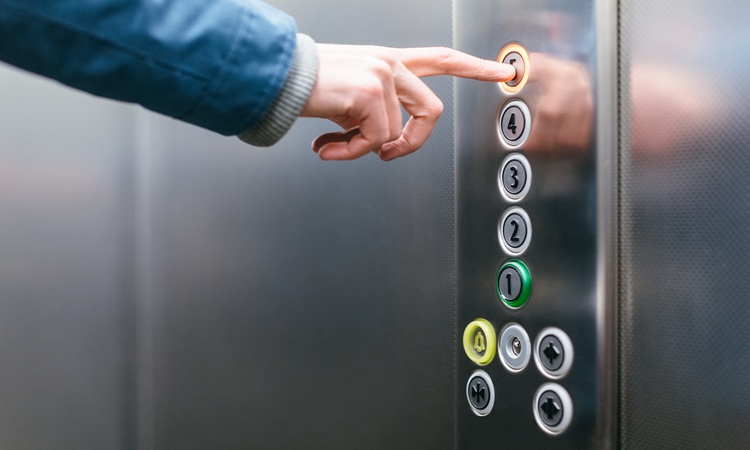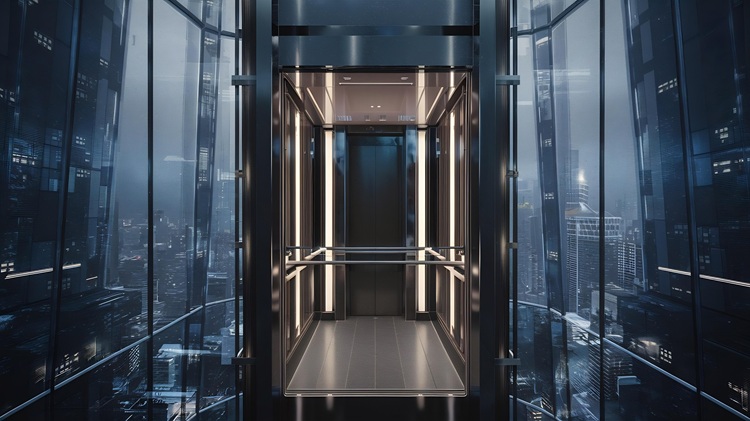Factors to Consider During a Home Lift Installation
Post Date : Apr 09, 2024
Tired of stairs? Say hello to seamless accessibility with the power of home lifts. Home lifts provide a transformative solution for accessibility and freedom, particularly for seniors or individuals with mobility challenges. Lift installation in home can enhance both accessibility and property value. With the rising trend of multi-level residences, home lifts are gaining hold among homeowners. However, the installation process demands careful consideration. Let's explore the essential factors to consider during a home lift installation journey.
1. Type of Lift
The initial step involves selecting the appropriate lift model. Determining the suitable space and layout for the home lift is the initial challenge. Each option presents unique benefits and drawbacks, tailored to your individual requirements. Two of the most popular home lifts are hydraulic lifts and traction lifts.
2. Space Requirements
Ensuring adequate space within your building for the lift, along with the requisite shafts and doorways, is essential. Considering the differing space requirements of various lift models, it's crucial to ascertain your home's capacity to accommodate your chosen lift. Collaborating with a reputable elevator expert like Polo Elevators can help you determine if your space meets the necessary criteria. Plus, with Polo Elevators, you can customize lifts worry-free, even in limited spaces.
3. Cost
The installation cost of a lift can vary significantly based on factors such as the lift type, the installation process, and any required modifications. Budgeting for the lift's expenses and exploring available financing avenues is crucial. Understanding the overall financial commitment, including installation, upkeep, and potential future enhancements, is essential for informed budgeting.
4. Safety
When installed by a reputable elevator company, the probability of encountering elevator malfunctions is remarkably low. In fact, the risk of experiencing elevator malfunctions is substantially lower than the probability of tripping and falling on the stairs. This is especially important for individuals with mobility concerns or seniors, as elevators provide secure and reliable transportation between different levels of the house.
5. Maintenance & Safety
Once the lift is installed, it will require regular maintenance and servicing to ensure that it continues to function correctly. You should factor in the cost of maintenance and servicing when budgeting for the lift’s installation. Regular maintenance not only prolongs the lifespan of the lift but also helps identify and address any potential issues before they escalate.
6. Building Regulations
Before installing a lift, make sure to check local building codes and obtain necessary permits to ensure compliance with safety regulations. Working with an experienced elevator company can simplify this process and ensure a smooth installation.
7. Warranty
Additionally, inquire about the warranty coverage offered by the lift manufacturer and installer. A comprehensive warranty can offer reassurance and shield you from unforeseen repair expenses, ensuring long-term peace of mind and pocket.
Avoid the Most Common Mistakes
1. Choosing the Wrong Lift Type
Different home lifts cater to various needs and budgets. Consider factors like capacity, size, accessibility features, and available space before making a decision. Consult professionals to ensure the chosen lift aligns with your specific requirements and the building’s structural capacity. Additionally, explore customization options to tailor the lift to your unique preferences and lifestyle.
2. Ignoring Power Supply Needs
Ensure your home lift has the power it needs to operate smoothly. Plan for any upgrades your electrical system may require to accommodate the lift. Neglecting this step can lead to delays and extra costs.
3. Addressing Aesthetics Concerns
Ensure your home lift complements your home's style and decor. Consult with your contractor to explore design options that seamlessly blend with your interior. Striking the perfect balance between functionality and aesthetics is essential.
4. Neglecting Permitting Requirements
Getting building permits is essential before installing a home lift. Without proper permits, construction may be delayed, and fines could be imposed. Thoroughly research local regulations and engage a knowledgeable contractor familiar with the permitting process.
5. Conducting Final Inspections Thoroughly
After installation, conduct thorough inspections alongside the contractor. Test all lift functions rigorously, confirm compliance with regulations, and ensure that everything aligns with your expectations. This approach guarantees peace of mind and optimal performance for your home lift.
Conclusion
In conclusion, home lifts offer a revolutionary solution for seamless accessibility, particularly beneficial for seniors or those with mobility challenges. Elevator installation can significantly enhance both accessibility and property value, catering to the growing trend of multi-level residences. Selecting the appropriate lift type is the initial step, followed by ensuring adequate space within the building and budgeting for installation costs. Additionally, understanding warranty coverage and conducting thorough final inspections guarantee peace of mind and satisfaction with your home lift investment.
By addressing these key considerations and avoiding common pitfalls, homeowners can smoothly start working on a successful process of installing a lift at home, unlocking newfound accessibility and convenience within their homes.






